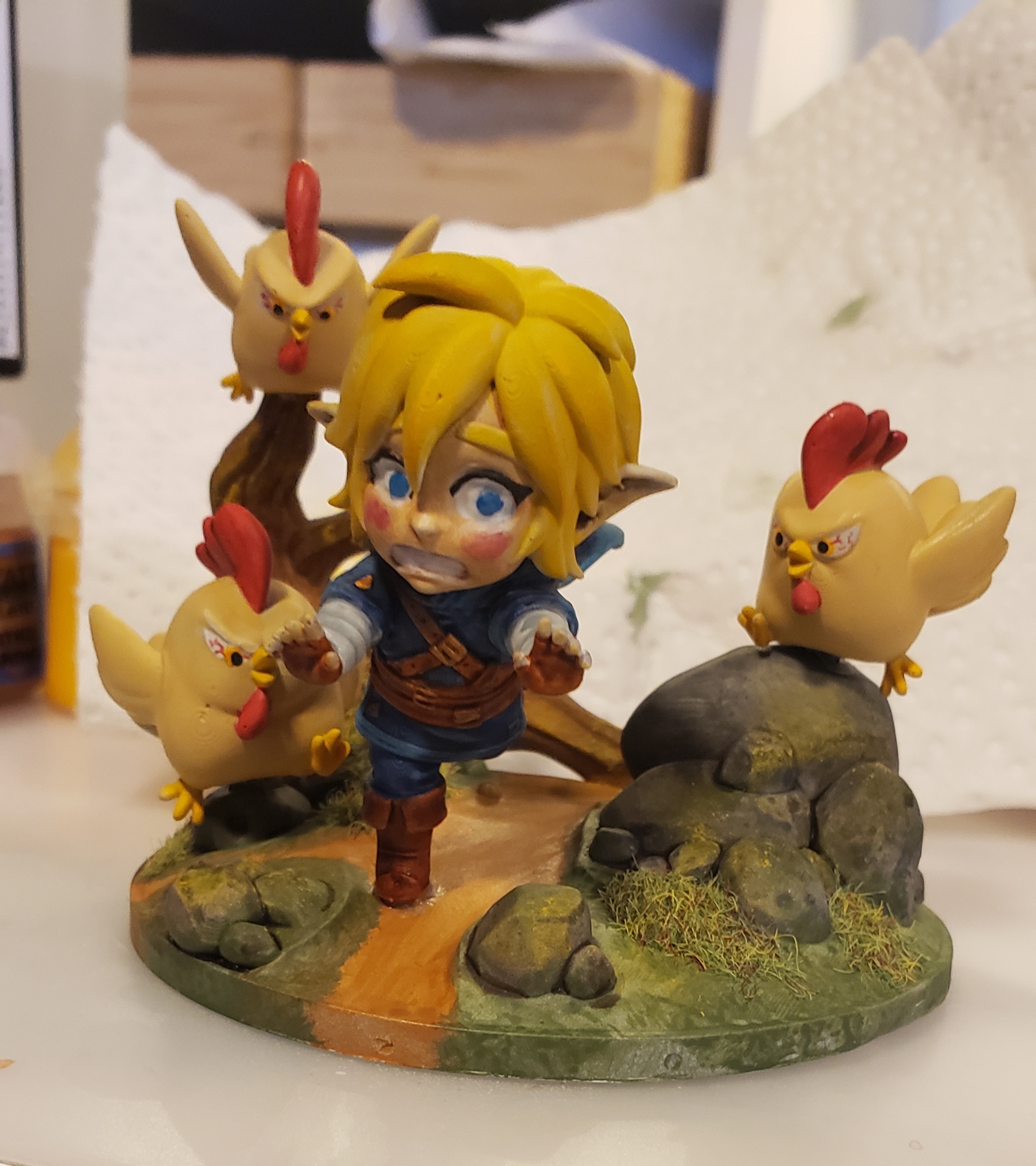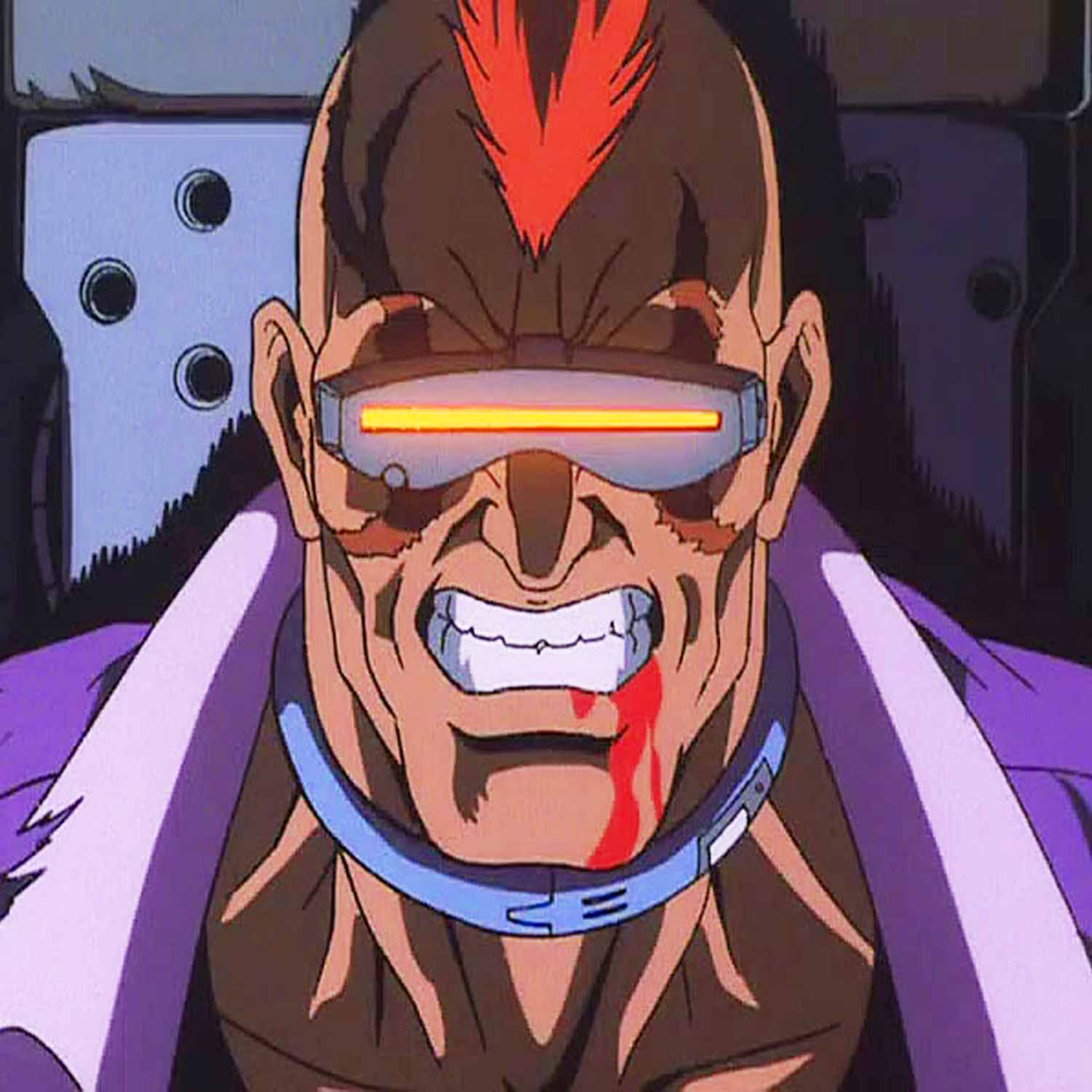Hi everyone
I’ve been experimenting with methods of applying etch resist with a laser and dry film. The process is kind of arduous and error prone.
Developing with sodium carbonate solution to clear unexposed etch resist takes long, doesn’t work well and if you leave it too long the developed etch resist will break as well.
I use a laser module attached to a 3D printer to draw the PCB (LCB?) on the etch resist. This laser almost instantly solidifies toner for laserprinters and also almost instantly hardens dry film.
Using powdered toner and a laser would be a much quicker way to apply etch resist since the excess can be wiped off and reused easily. The problem is applying a uniform layer of toner.
Suspending toner on the surface of water and hydrodipping the plate seems to work but drying takes too long.
Spray coating could work but is messy.
Isopropyl alcohol softens the toner too much making it impossible to clean the excess off.
I have not tried using a roller or electrostatic application yet but that could work well.
Does any of you have experience with this and have ideas/advice?
We used to use a printable sheet called press’n’peel with a laser printer.
I concur.
I think we used a different brand but can’t remember. The process looked a bit like this: https://www.instructables.com/Etching-PCBs-with-PressnPeel/
Personally I don’t but my grandpa was electronics engineer by trade and hobby and I was also talking to some electronics engineers in my previous job when I was toying with the idea myself. In both cases for home projects they were etching the paths by covering the plate with laser printer ink. When you get really good at that you can even get into SMD range of path width. The higher part of the range - you can’t outdo machine ECB printing if you want to get the paths really narrow - but workable.
- print your paths on regular paper. The more DPI, the better
- clean the empty board
- use hot iron (like the one for clothes) to transfer laser printer ink from the paper to the board
- take the paper off
- inspect the paths, apply some marker (or wax, I think? I might misremember) in places where it’s not perfect
- etch the board
Although, some of my colleagues at work were saying that at the prices you can order an ECB to be printed nowadays (for hobby better to find something local, so you have easier contact and shipping won’t cost you a leg) it’s not worth the hassle anymore. Pick the business which page looks like from the 90s. You are looking for electrical engineering veterans so they know more about electronics than webpages
You might want to search for your local hackerspace. For sure they have it all figured out for the area they operate in
When making PCBs with the toner transfer method, I’ve used photo paper intended for inkjet printers and printed (mirrored) on it with a laser printer. Then iron the paper (printed side down) onto the PCB. Some pressure is needed but not TOO much or fine traces will squish together. Soak the board with paper stuck to it in water and then the paper can be peeled off, leaving the toner transferred to the copper. Bits of stuck paper can be removed with gentle rubbing in the water with fingers or a soft toothbrush.
If the toner did not transfer well, it can easily be removed by cleaning with acetone, then repeat until successful. Key to getting a good toner transfer is to completely clean the copper first. I scrub with a scotchbrite pad and then clean with acetone and a paper towel, until completely clean and then don’t touch the copper with your fingers (greasy greasy fingerprints). Any oils or dirt will make the toner not stick. Some paper is easier to remove from the copper after ironing on - there was a specific Staples SKU (inkjet photo paper in a red box) that I remember being particularly good. I believe the inkjet paper allowed the toner to transfer and release more cleanly, with less pressure and heat required. I also found I got a nice result using the same toner transfer method onto a block of wood (purely aesthetic, not part of a circuit haha).
Some people would use laminator machines to “iron” the toner onto the copper board - I have never tried it that way, but I guess if you get the pressure and heat dialed in it could be pretty consistent. I’ve had good success using an iron by hand, after a few tries to find good temperature and pressure to apply.
I’ve also milled PCBs, there are some benefits to milling, like you can drill holes at the same time. I think 2 sided PCBs are easier to mill than to etch. The limitation of milled (and etched at home) PCBs that I find most annoying is the lack of through-plated holes. This means you have to solder in wires, and solder to both sides of the board, for every via - it really adds some design limits and assembly time. Solder mask is another (optional) step, most people I know who make their own PCBs don’t bother to use solder mask but it is available as UV-curable liquid.
Ordering PCBs is incredibly inexpensive these days. Oshpark is in the USA and a great place to get PCBs. There are places in China you can order from online like PCBway, I just priced out 5 PCBs of 100mm x 100mm, 2 layers, green solder mask, $5 + $20 shipping to Canada, delivery within a week.
Checking at a local hackerspace/makerspace is a great idea too, often there’s people around who are making their own PCBs (or at least have in the past).
I’ve both etched (using the laser printer toner transfer method) and milled PCBs for through hole and surface mount parts, it was no problem etching a board for a TQFP 100 pin part (0.5mm pin spacing). I didn’t push it further than that.




